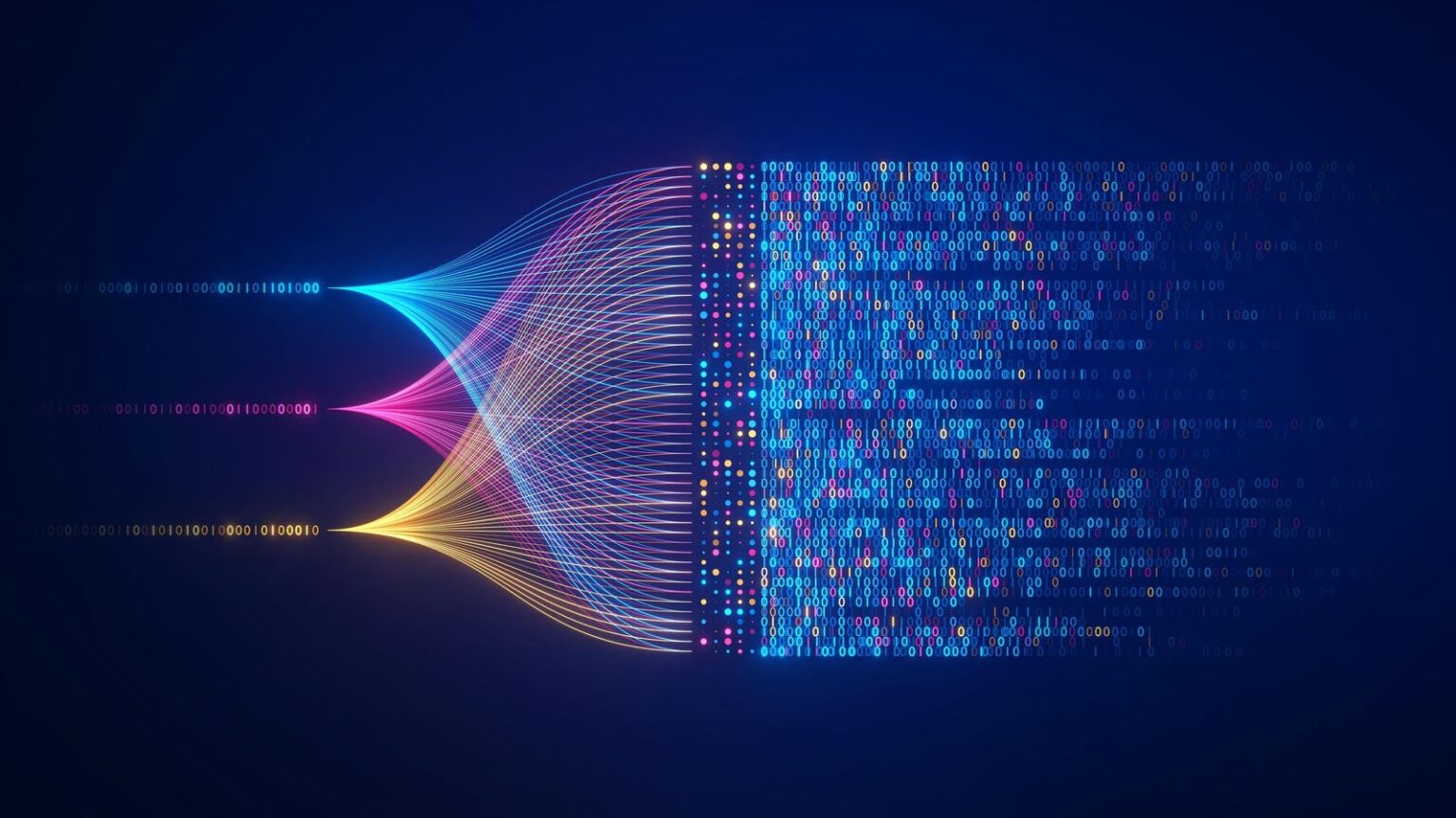In the quest for advancing artificial intelligence (AI), a pressing debate centers on whether knowledge and data should be openly accessible or confined behind paywalls. The rise of generative AI technologies has notably improved productivity by providing solutions to complex issues, generating content, and answering inquiries across various fields. However, this rapid evolution has sparked a significant legal conflict between content creators and technology giants. Artists, authors, and media companies have initiated numerous lawsuits against AI firms for allegedly using copyrighted works without permission to develop their models. These legal battles underscore concerns around intellectual property rights and the ethical implications of using existing works as training data for AI innovations.
One of the central legal battles in this context involves notable lawsuits, such as Getty Images taking legal action against Stability AI, and various authors suing companies like Meta and OpenAI. These conflicts emphasize a critical issue: the extent to which AI can legitimately utilize copyrighted content to enhance its learning capabilities. While tech companies advocate for broader access to data for the purpose of developing advanced AI technologies, creators worry that such practices infringe on their rights and undermine their ability to profit from their work. The discussions have prompted legal scholars to explore the concept of “fair use,” a doctrine that could potentially allow machine learning (ML) systems to utilize copyrighted databases for training purposes.
The discussion of “fair use” highlights an evolving legal landscape, whereby the usage of copyrighted materials can be justified if it transforms the original work into something new or contributes additional value or insights. Legal experts argue that machine learning models do not compete directly with human creators; rather, they use existing works to extract uncopyrightable elements such as linguistic patterns or general features. This differentiation is crucial in establishing a framework for fair learning, which advocates for the moral and legal permissibility of employing existing copyrighted content in training processes, given that the ultimate goal is not to replicate but to learn and create generalizable concepts.
As AI continues to evolve, the sprawl of data and capital investments needed for sophisticated models becomes apparent. For instance, the training of advanced AI systems like GPT-4 demands colossal amounts of data and engineering resources — it’s not merely about curating the right data but often involves scraping vast repositories from the internet. With billions of dollars pouring into AI development from major corporations and investors, the broader implications of these technologies are vast, promising widespread accessibility and utility for businesses and individual users alike. This democratization of technology presents a paradox: while creating immense opportunities for innovative solutions across sectors, it also amplifies concerns about data rights and the economic ramifications for the artists and creators whose works contribute to these training datasets.
The emergence of AI-generated content raises crucial questions about creativity, ownership, and accountability. Artists now grapple with the notion of whether AI-generated works qualify for copyright protections, particularly as they generate outputs closely resembling existing artistic styles. Legal perspectives underscore the inherent challenge of establishing ownership when a human creator’s involvement is limited. Solutions such as the implementation of filtration systems in AI technologies have surfaced, aiming to prevent the generation of outputs that too closely mimic copyrighted works. These potential safeguards reflect the eagerness within the tech community to find equilibrium between innovation and legal compliance.
Amid this evolving arena of art, ethics, and law, a consensus is beginning to shape around the notion that while AI’s utilization of existing works may often align with principles of fair use, purely machine-generated outputs should not be afforded copyright protections. This perspective encourages a focus on the transformative nature of learning—emphasizing the patterns and factual elements AI extracts rather than the creative expressions themselves. Ultimately, as the legal and technological landscapes continue to intersect, striking a balance that supports innovation while respecting the rights of creators will emerge as an essential challenge for the 21st century. The ability to cultivate an environment where knowledge can flow while also preserving individual rights is key to unlocking AI’s potential and ensuring equitable benefits across society.

